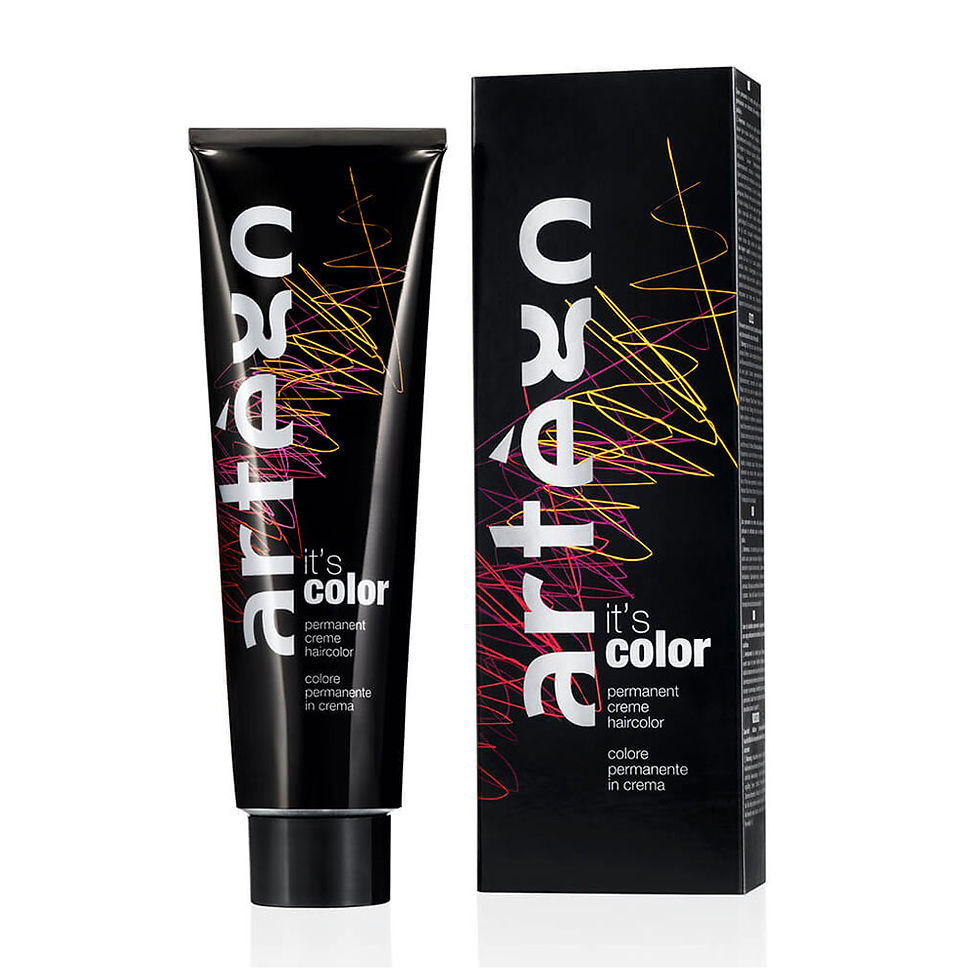Declaré - Age Control Age Essential Cream 50ml - 571 (x6)
$269.25Price
Sold by 6 units
The regenerating, deep-acting multi-active cream for the morning and evening with feel-good character.
Comprehensive, deep-acting care for demanding skin that needs new volume and strength. Highly effective intensive care with extract of peony, high-performing peptides and hyaluronic acid. The skin is vitalised deep down, the appearance of lines, wrinkles and age spots rapidly reduced, the skin looks noticeably rejuvenated. For an extra helping of moisture. Real silk particles and selected oils provide long-term pampering and nourish the skin, leaving it unbelievably soft. Ideal for skin that is particularly sensitive and looks thin after hormonal change.
Active ingredients
- Extract from the peony
- Extract from white lupines
- Highly effective peptide
- Valuable camellia oil
- Hyaluronic acid (long and short ha chains)
- SRC™ complex
- Pentavitin
- Ribwort
- Root extracts
- Biophytex
- Silk
- Vitamin E
- Aloe vera
- Bisabolol
- Macadamia nut oil, shea butter and cetiol soft
















